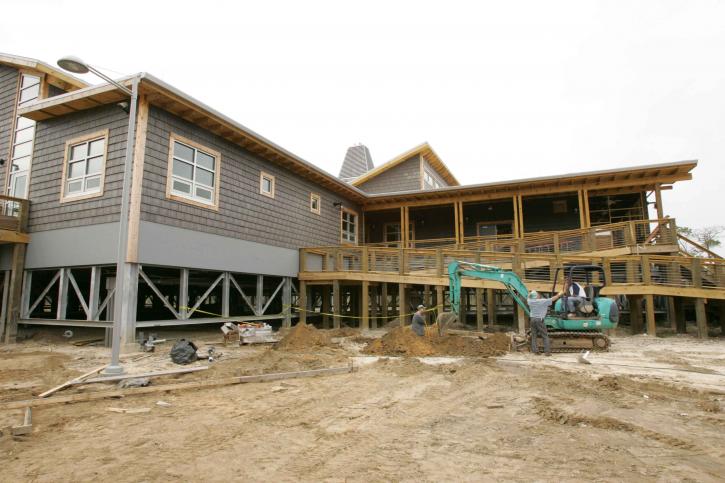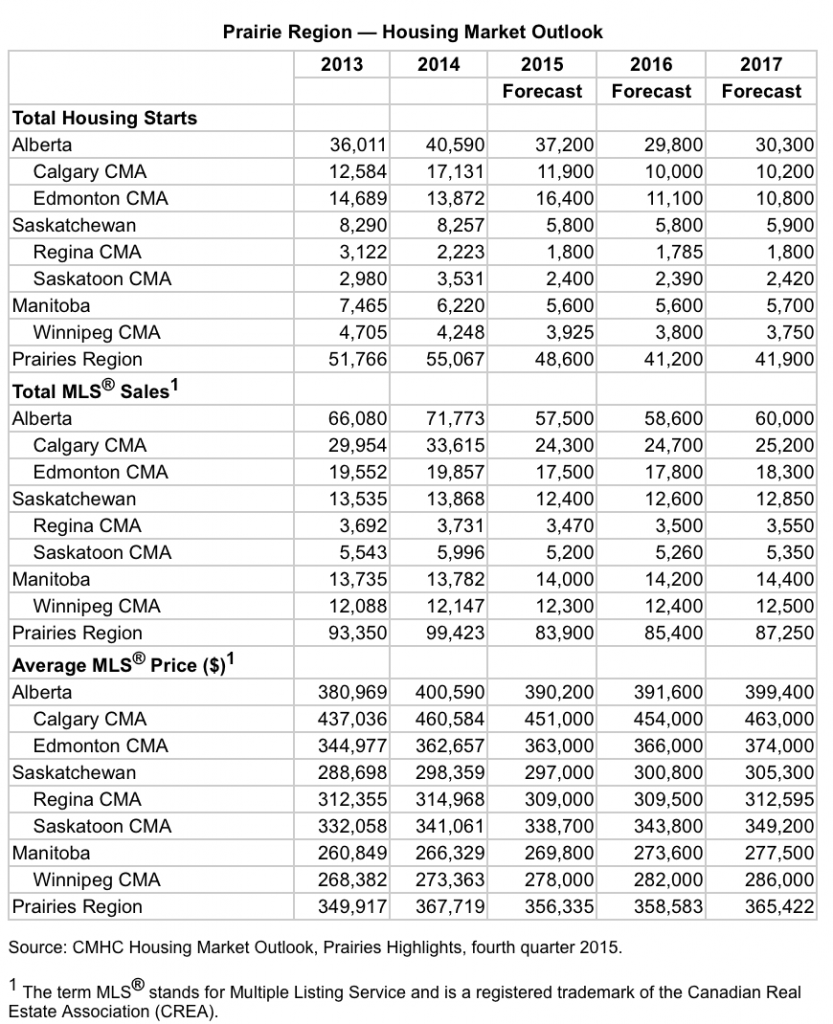Inventory is Key in YEG’s Fall Market
Wed, 18 NovFall statistics from the EREB, as well as winter projections, are looking stable for the time being with no major market fluctuations. Key market factors affecting Edmonton currently are average days on market and ongoing elevated inventory.
Average days on market continues to rise as inventory remains strong, indicating a healthy buyer’s market. October averaged 57 days overall, up from last year’s 51, and an 8% increase from September. Single family homes were slightly less at 56 days on market, where Condominium listings brought that number up with 61 average days on market. The increasing popularity of duplex/rowhouses continues to show through, dropping from 51 days on market the month previous to 49 for October.
As far as inventory, the largest factor affecting days on market, it “remains robust” according to EREB reports. October recorded 6,641 residential properties listed in the Edmonton CMA total; showing a 48.47% increase from numbers recorded last October, however still a 6.57% decrease from the month previous, in September 2015.
According to Geneva Tetreault, Chair of the REALTORS® Association of Edmonton:
“The influx of inventory, both new and resale, has given buyers a bigger selection and more time to make their choice. There are buyers out there looking to take advantage of low interest rates and the great selection of inventory of all types of property. Sellers need to be competitive in a market with healthy inventory.”
Average residential sale prices for the month were up 1.72% in year-over-year comparisons, whereas total sales saw a 15% decrease. Condo sales saw the largest drop in sales at 17% with an average price reduction of nearly 6%, whereas single family home sales dropped 14% despite a 3% price increase. As noted by Tetrault, ““It is common to see a dip in both sales and prices at this time of year, but condos have definitely been the most affected.” She then goes on to explain:
“The average recorded selling price of single family homes in October was bolstered by the sale of two properties well over the $3.5 million mark. Even without these sales we are continuing to see strong prices in this category. We will likely continue to see average days on market grow as the inventory remains higher than last year and single family sales are down almost 15%.”
Single family homes, the only residential category that didn’t see an October price slip, averaged $438,935, a month over month increase of just over 1.5%. Duplex and rowhouses dropped 1.4% to $359,130, and condominiums decreased by 3.45% to $244, 225. The total residential average for all categories was $371, 756, a negligible 0.78% rise from September.
CLICK HERE to connect with a realtor and take advantage of the buyer’s market!




